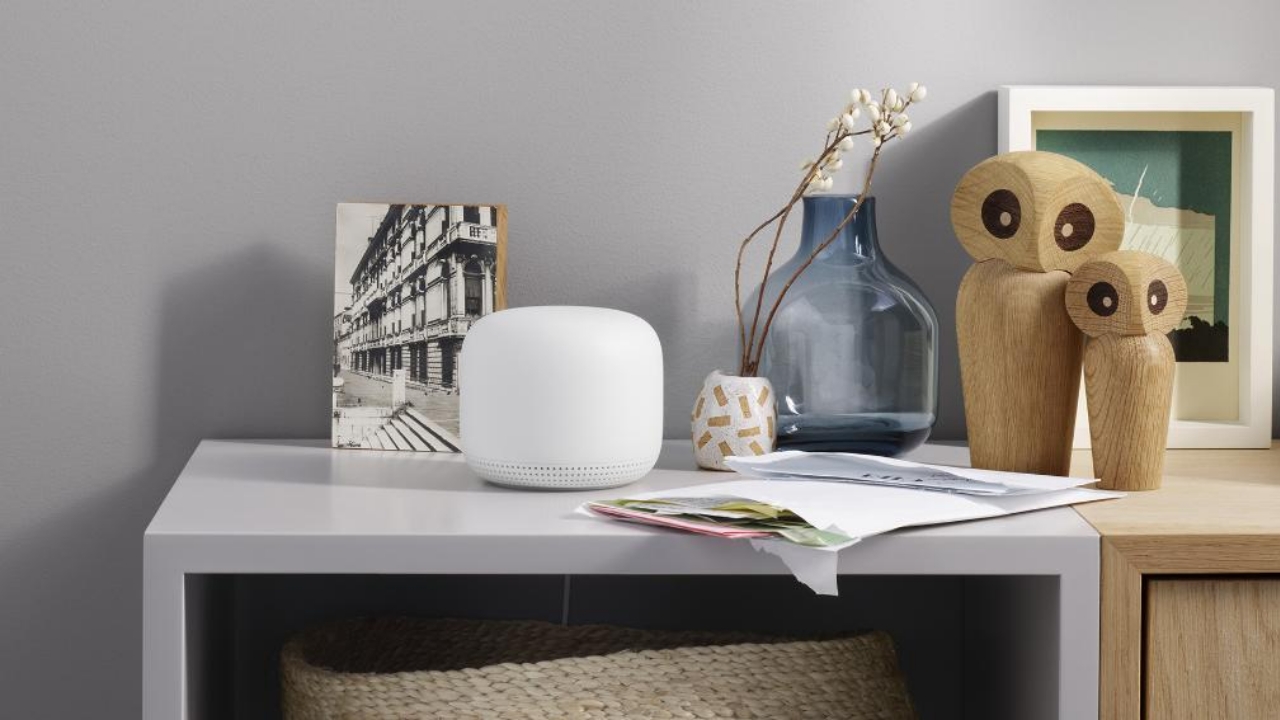Google Unveils Next-Gen Wifi Router With Assistant Integration
- Mehedi Hassan
- Oct 15, 2019
-
7
Google is introducing a new version of Google WiFi, and it’s called the Nest Wifi Router. The company first launched Google WiFi alongside the first-ever Pixel phones and it’s revamping the devices this year with the launch of the Pixel 4.
Google’s new Nest Wifi Router comes as a standalone Wifi Router, as well as small beacons, called the Nest Wifi Points that help you extend your network’s range. The idea is that the main Nest Wifi Router will act as the central hub, while the Nest Wifi Points will help you extend the network without having to by individual Nest Wifi Routers.
Windows Intelligence In Your Inbox
Sign up for our new free newsletter to get three time-saving tips each Friday — and get free copies of Paul Thurrott's Windows 11 and Windows 10 Field Guides (normally $9.99) as a special welcome gift!
"*" indicates required fields
[ad unit=’in_content_premium_block’]
Google is also bringing Assistant to its Wifi routers this year, just like Amazon. Nest Wifi Points essentially act as mini Google Assistant speakers, allowing you to use Assistant to perform a bunch of different tasks like normal Assistant speakers. Google is also introducing some new WiFi features to the Assistant, meaning you will be able to control the Nest WiFi system with your voice via Assistant.
The new system is fully compatible with the existing Google Wifi routers, so you can simply expand on your existing system instead of having to fully replace your old system if you are already a Google Wifi user.
The new system is much more home-friendly than before, though, mainly thanks to the new design. It also comes in three new colors, including white, blue, and light brown. You will be able to get a 2 pack Nest Wifi for $269 and $349 for 3 pack on November 4.
